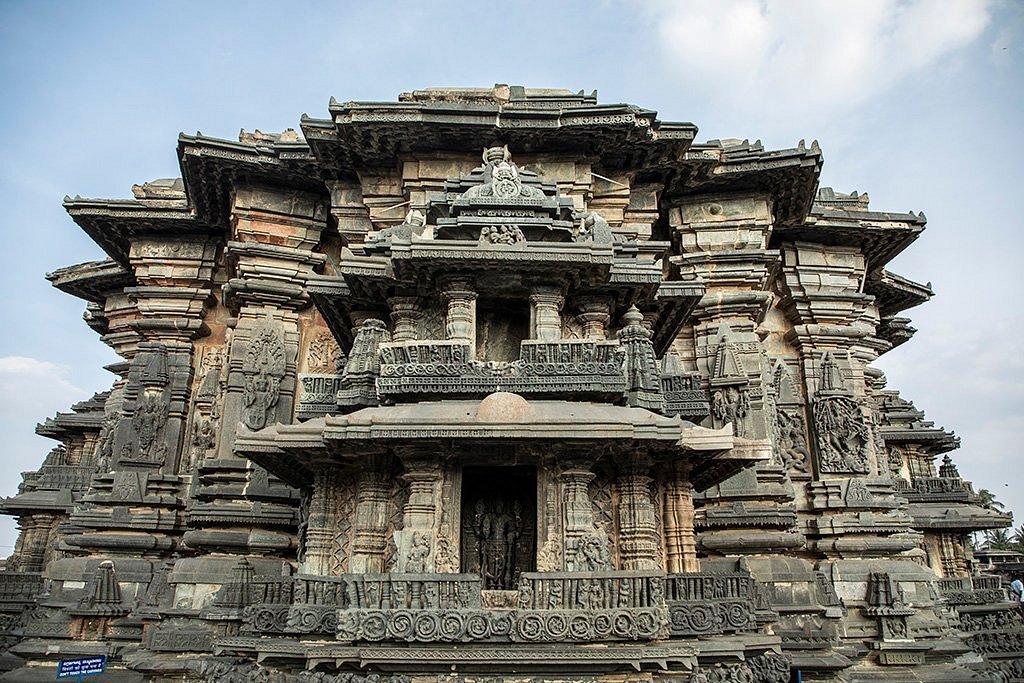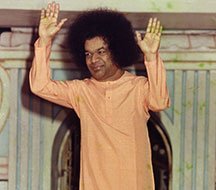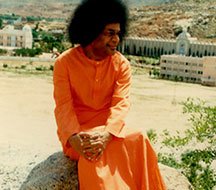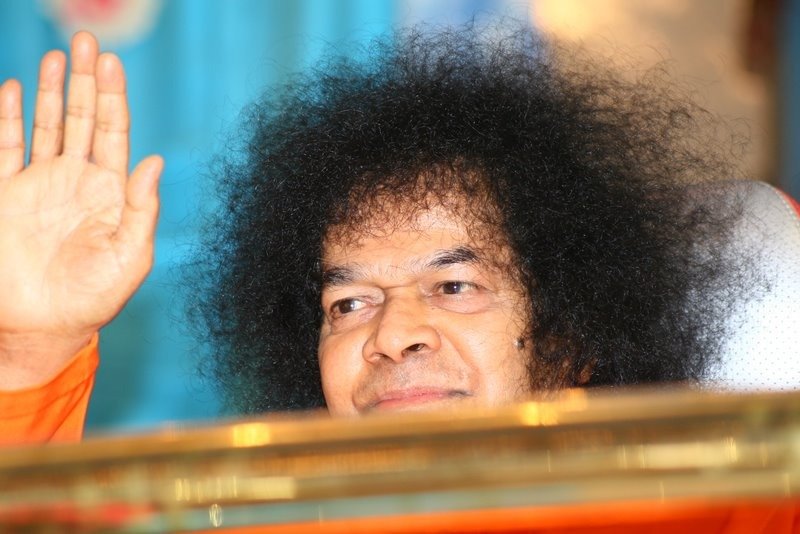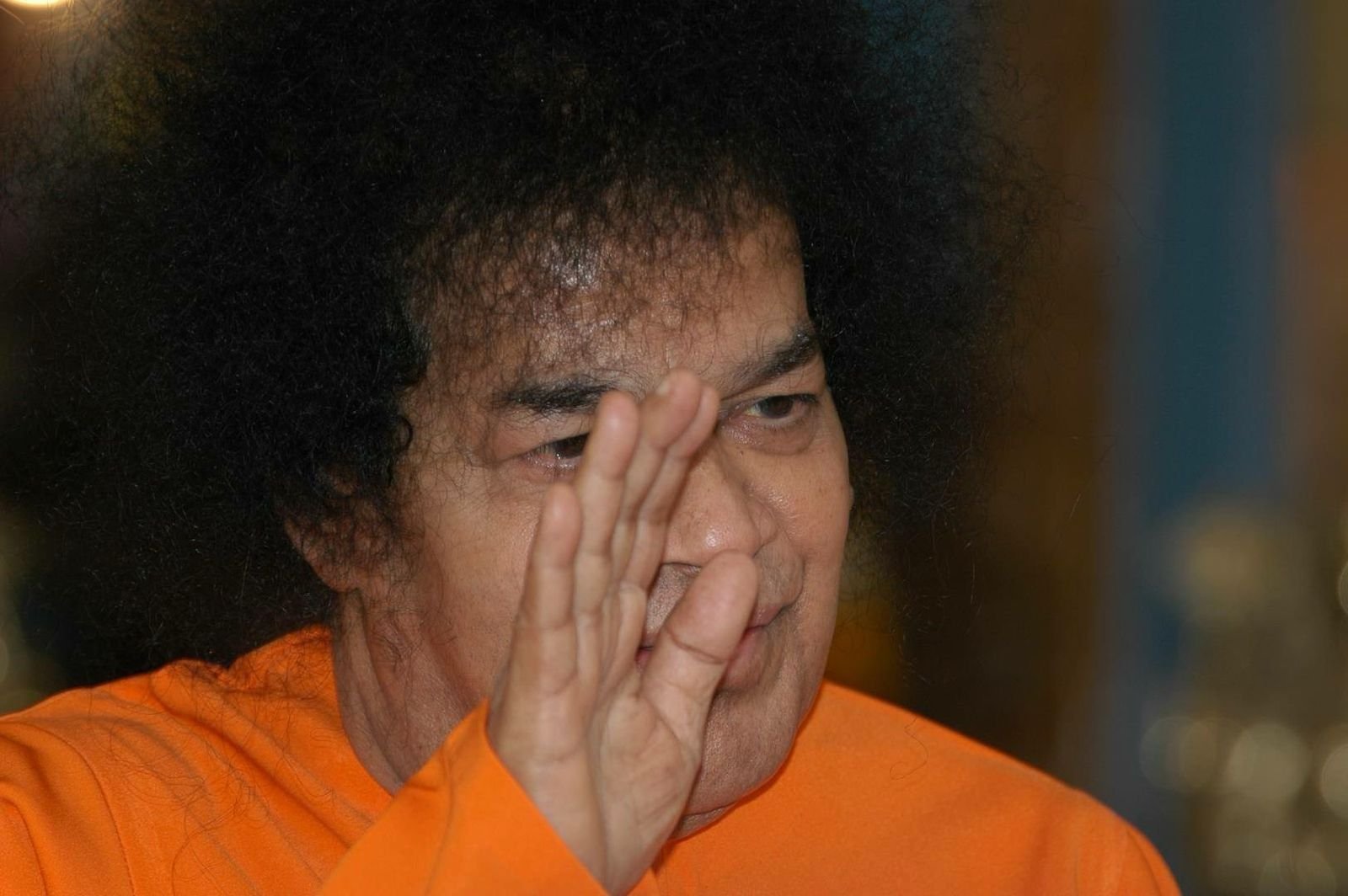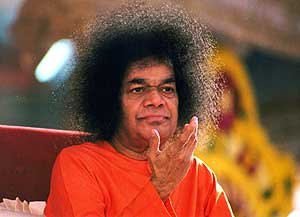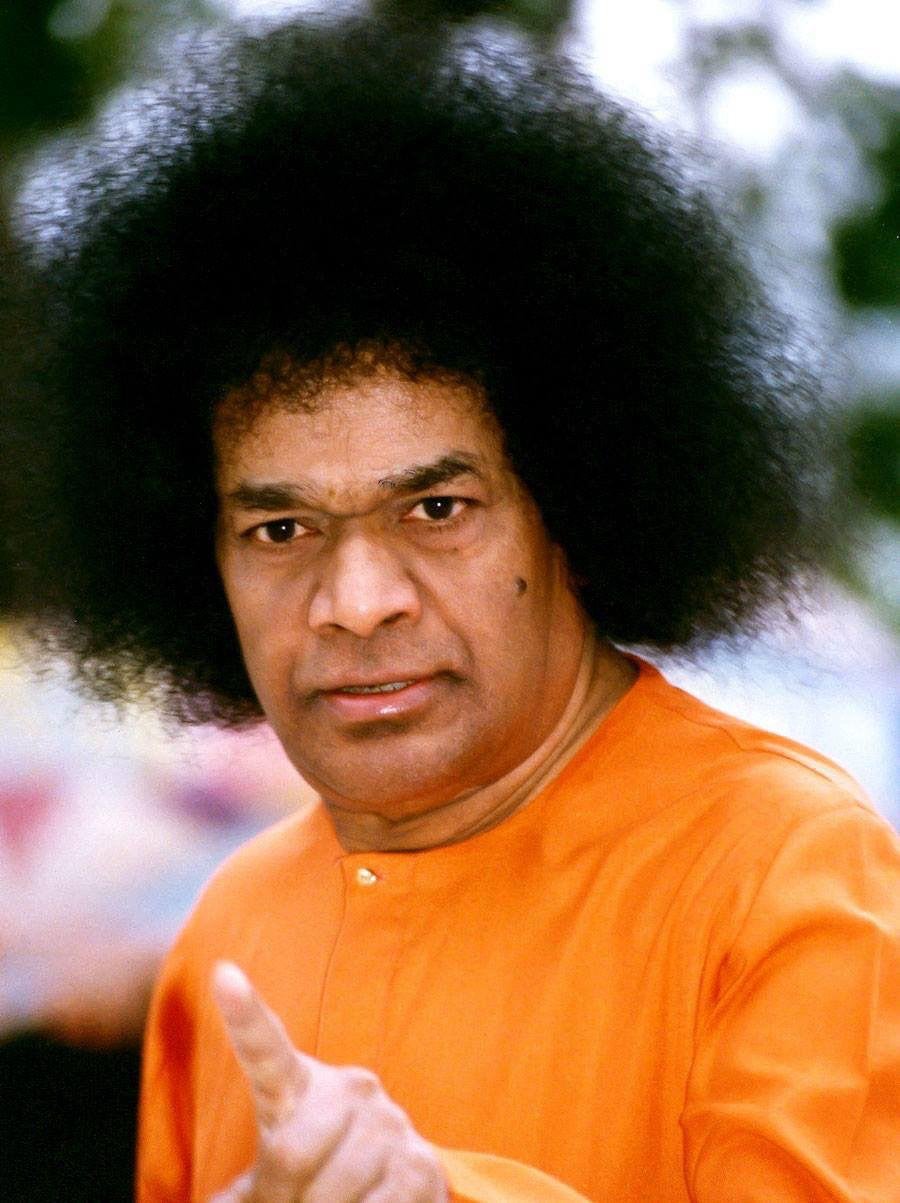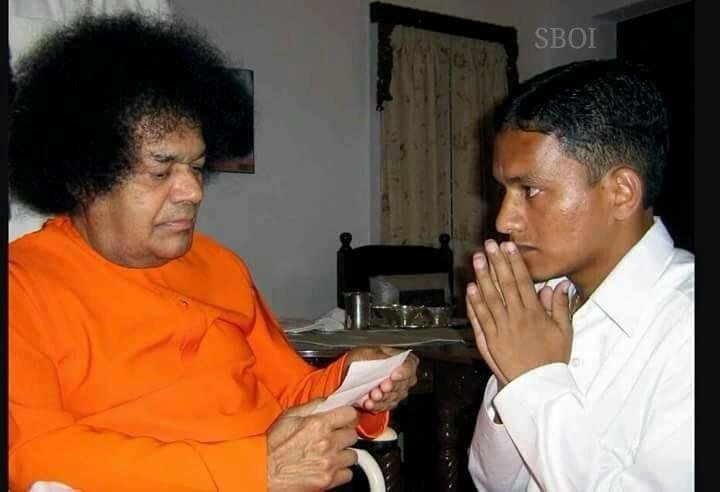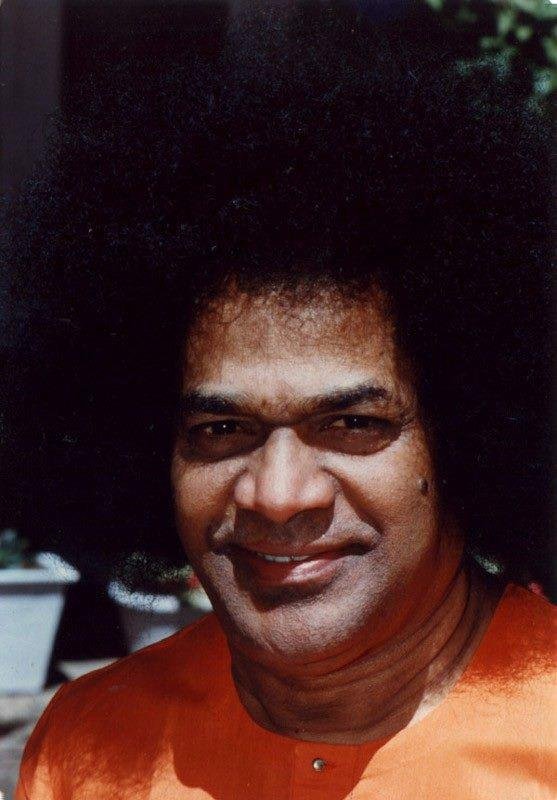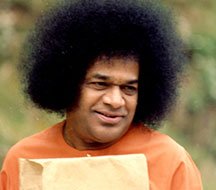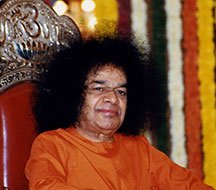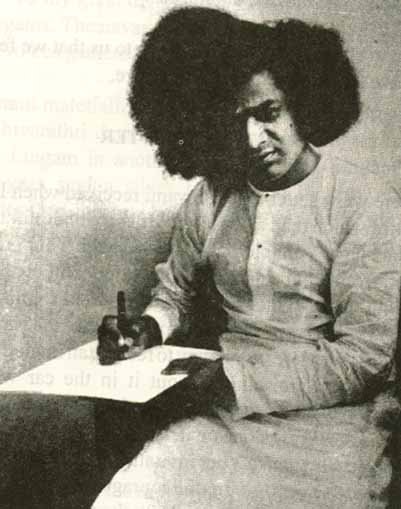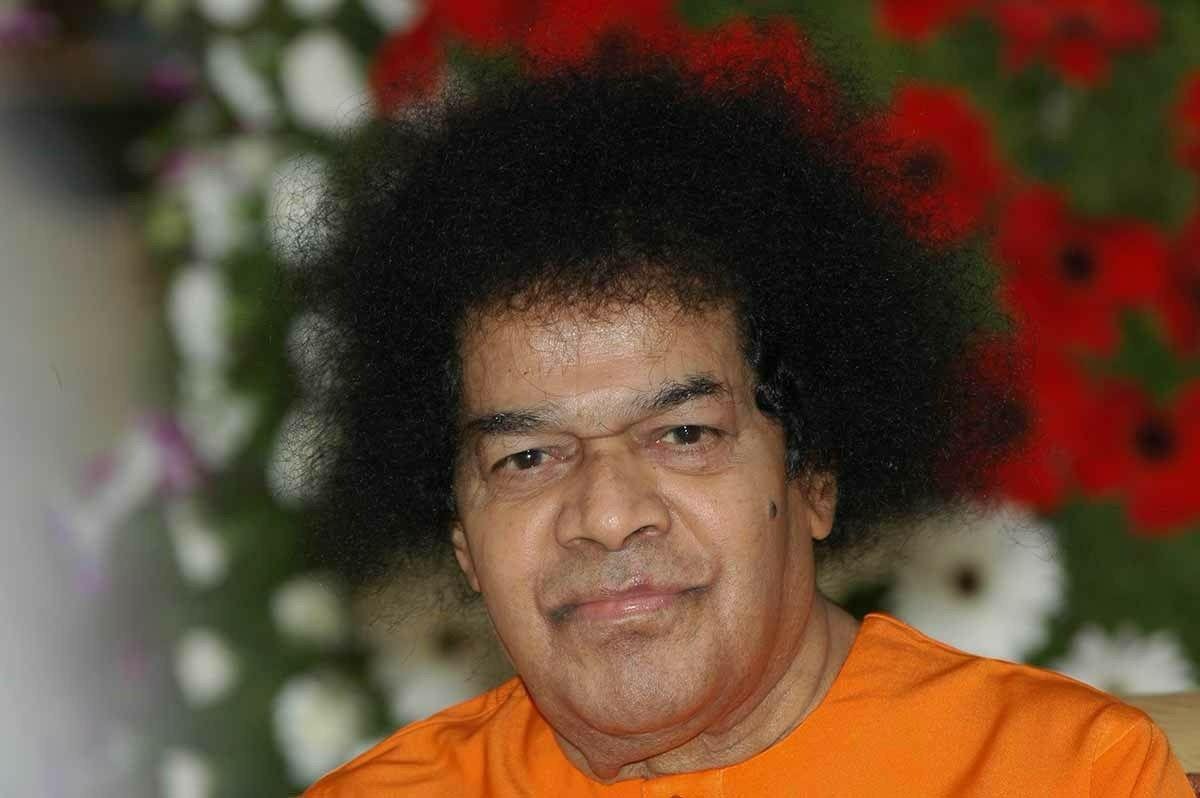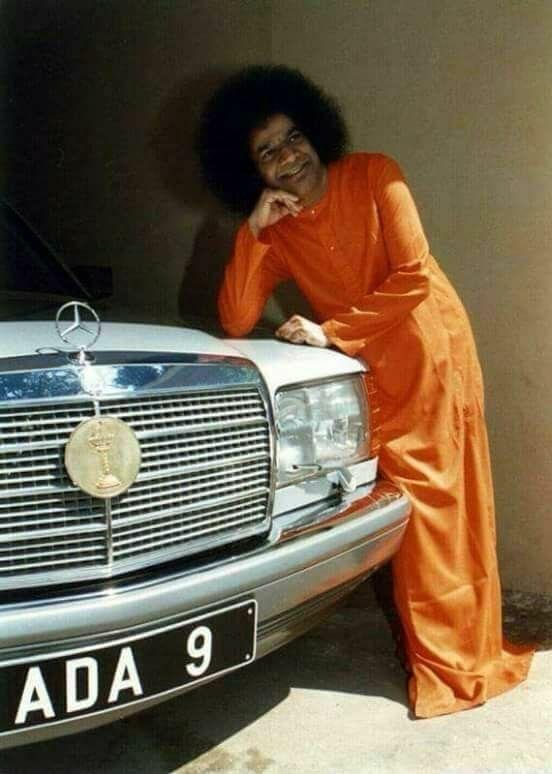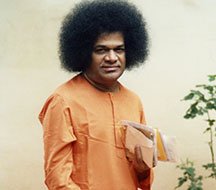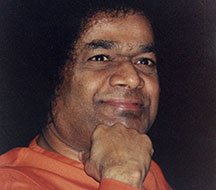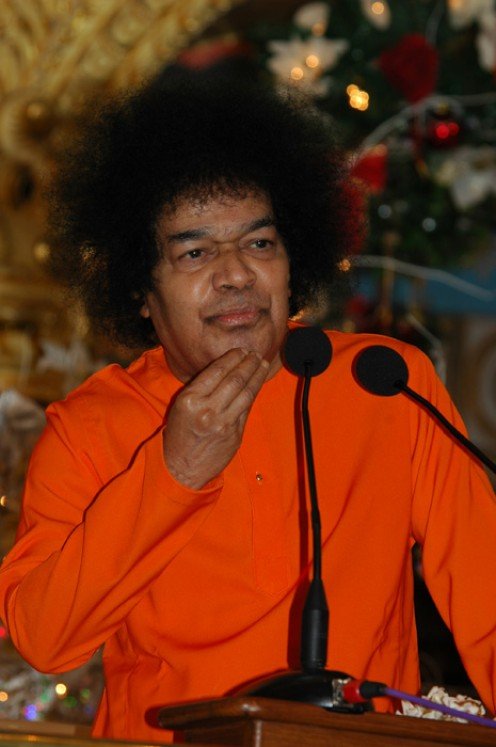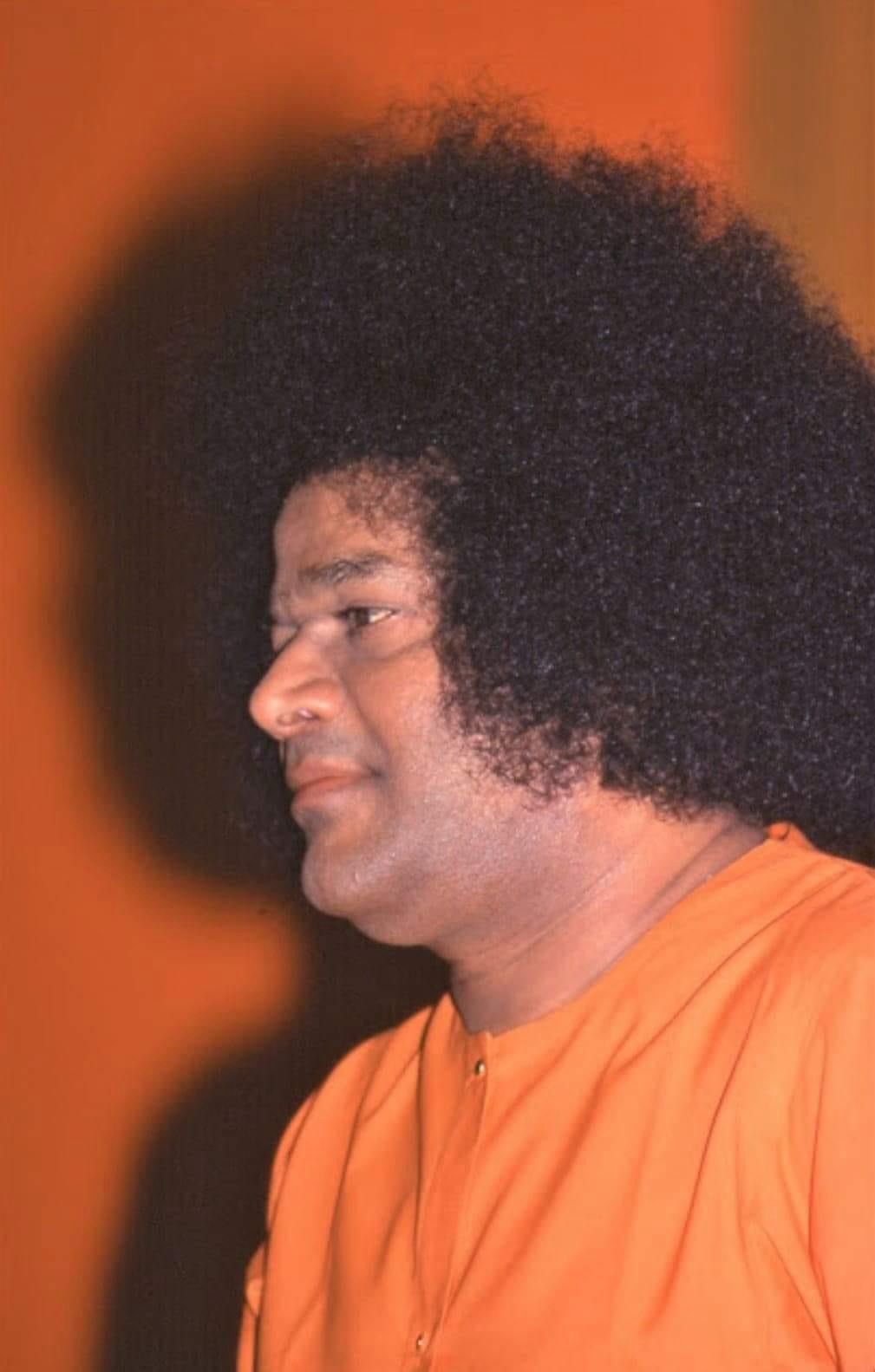
devoted to Lord Vishnu in his avatar as Chennakeshava (“handsome Kesava”)

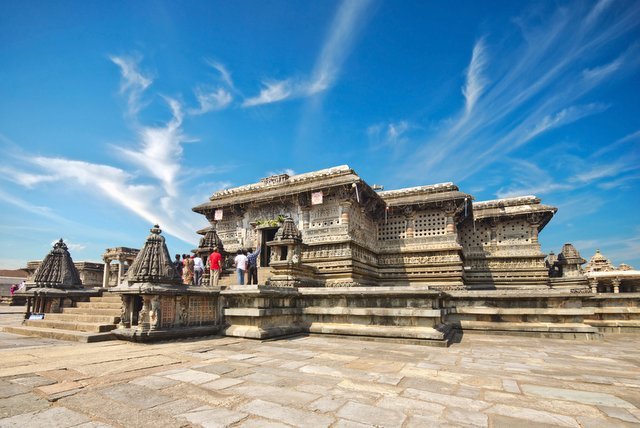




Architecture of the Temple
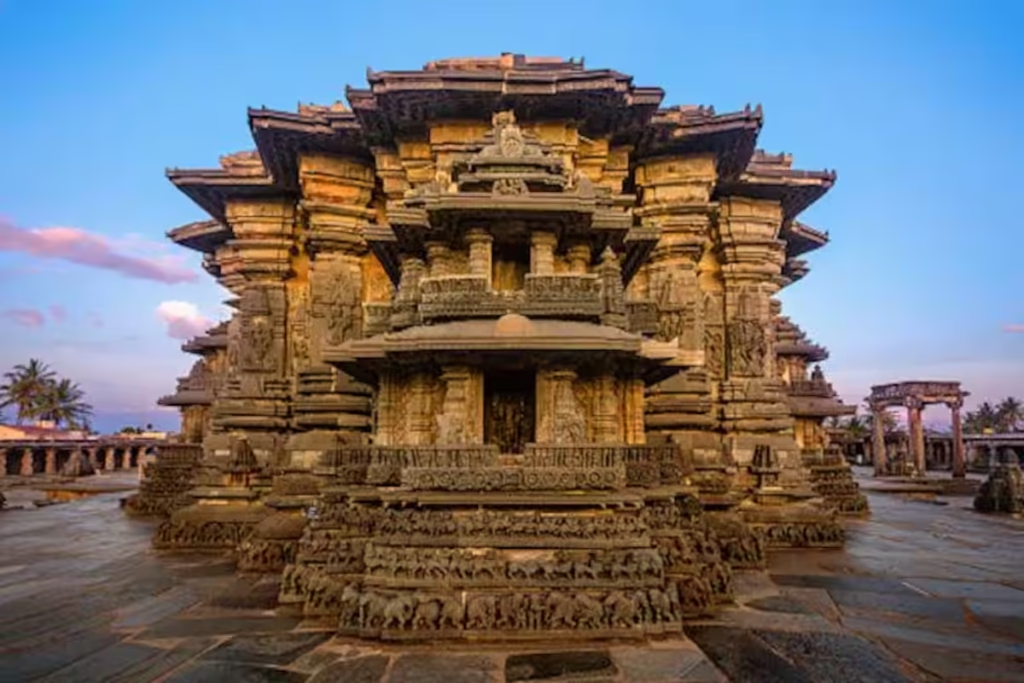
Built in the renowned Hoysala style, the temple features an ekakuta vimana (single shrine) of 10.5 m × 10.5 m connected via a large vestibule to a mandapa with 60 bays.
Set on a star-shaped jagati (platform) that allows circumambulation, the temple combines North Indian Nagara and South Indian Karnata architectural elements.
The outer walls are adorned with horizontal friezes—elephants, horsemen, dancers, musicians, Ramayana scenes, and divine figures.
The mandapa is supported by 48 intricately carved pillars. Notable among them are the Narasimha pillar, once known to rotate, and the Mohini pillar, with detailed carvings of Mahavishnu’s avatars and other deities.
Sculptures include over 80 madanikas—elegant, dancing female figures—and ornate depictions of King Vishnuvardhana and his queen Shantala Devi.
The sanctum houses a 6‑ft tall black stone idol of Chennakeshava, exquisitely carved (theatrical sunlight interplay enhances its allure)
How to Reach to Temple
By Road: Belur is around 220 km from Bengaluru (~4.5–5.5 h via NH‑75), and 150–155 km from Mysuru (~4 h); regular bus and taxi services are available.
By Train: The nearest railway station is Hassan Junction (~35–40 km away), with onward buses or taxis to Belur.
By Air: Closest airports are Mangaluru (165–207 km away) and Bengaluru (220 km); taxis are available from both.
Best Visiting Time: October to March offers the most pleasant weather.
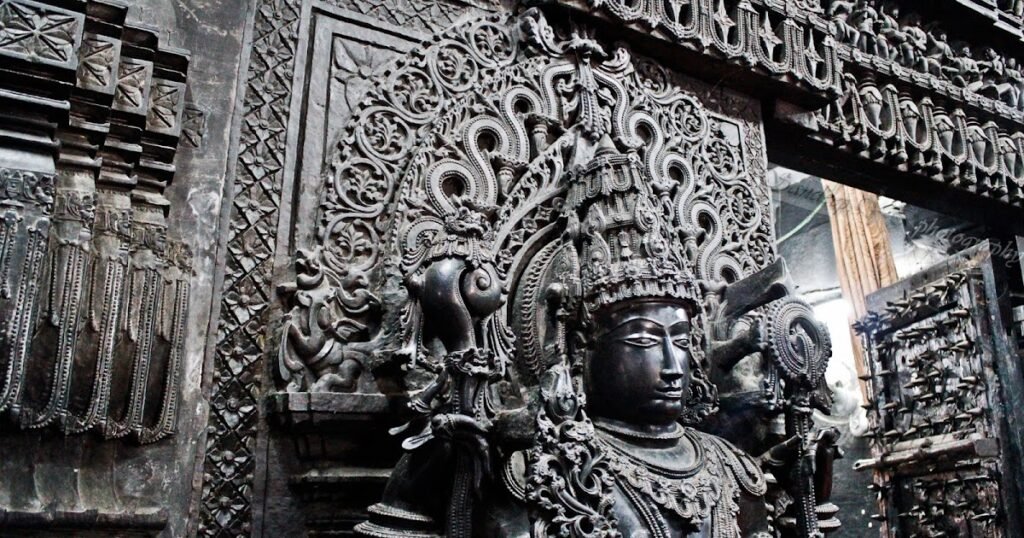
Temple Timings
